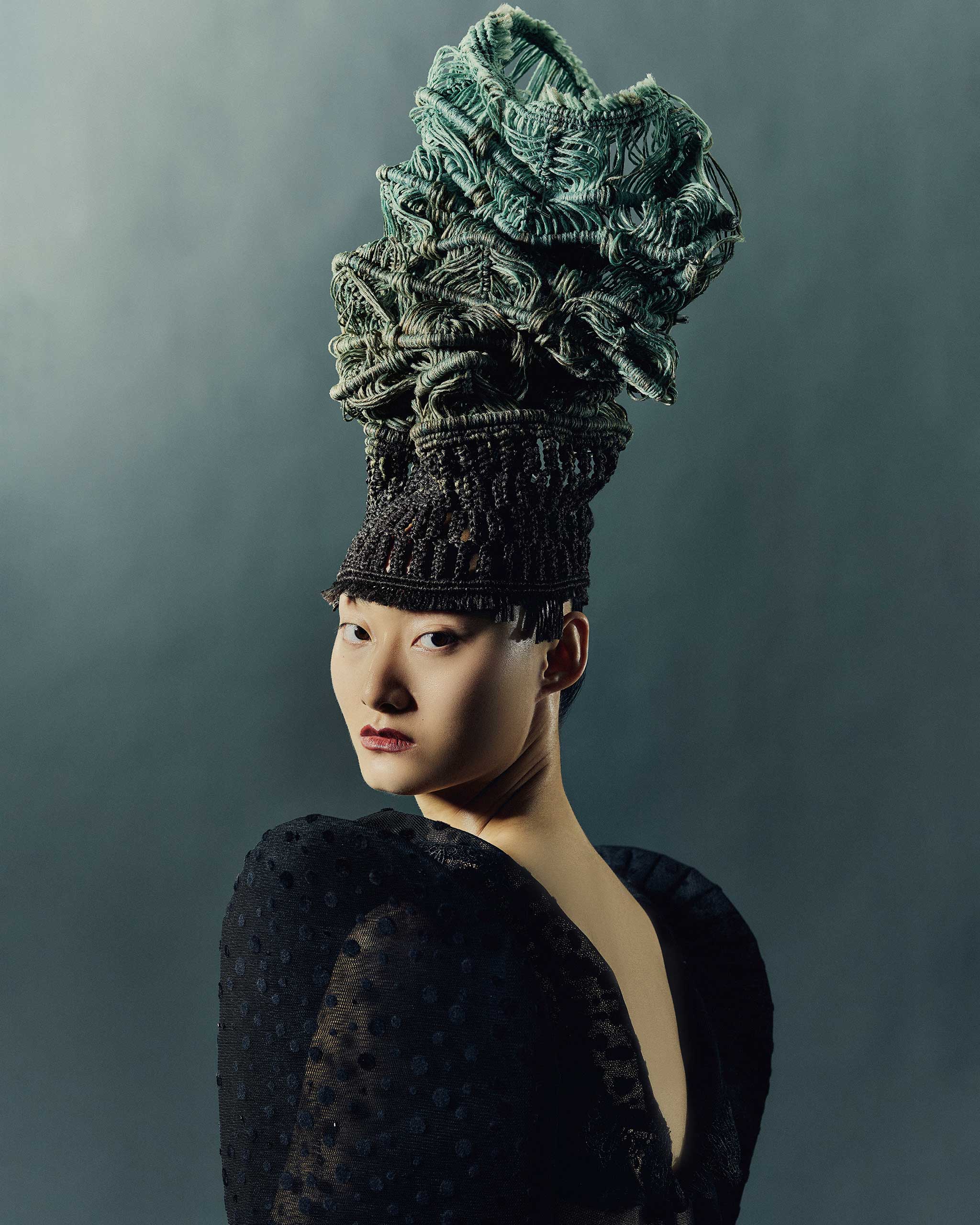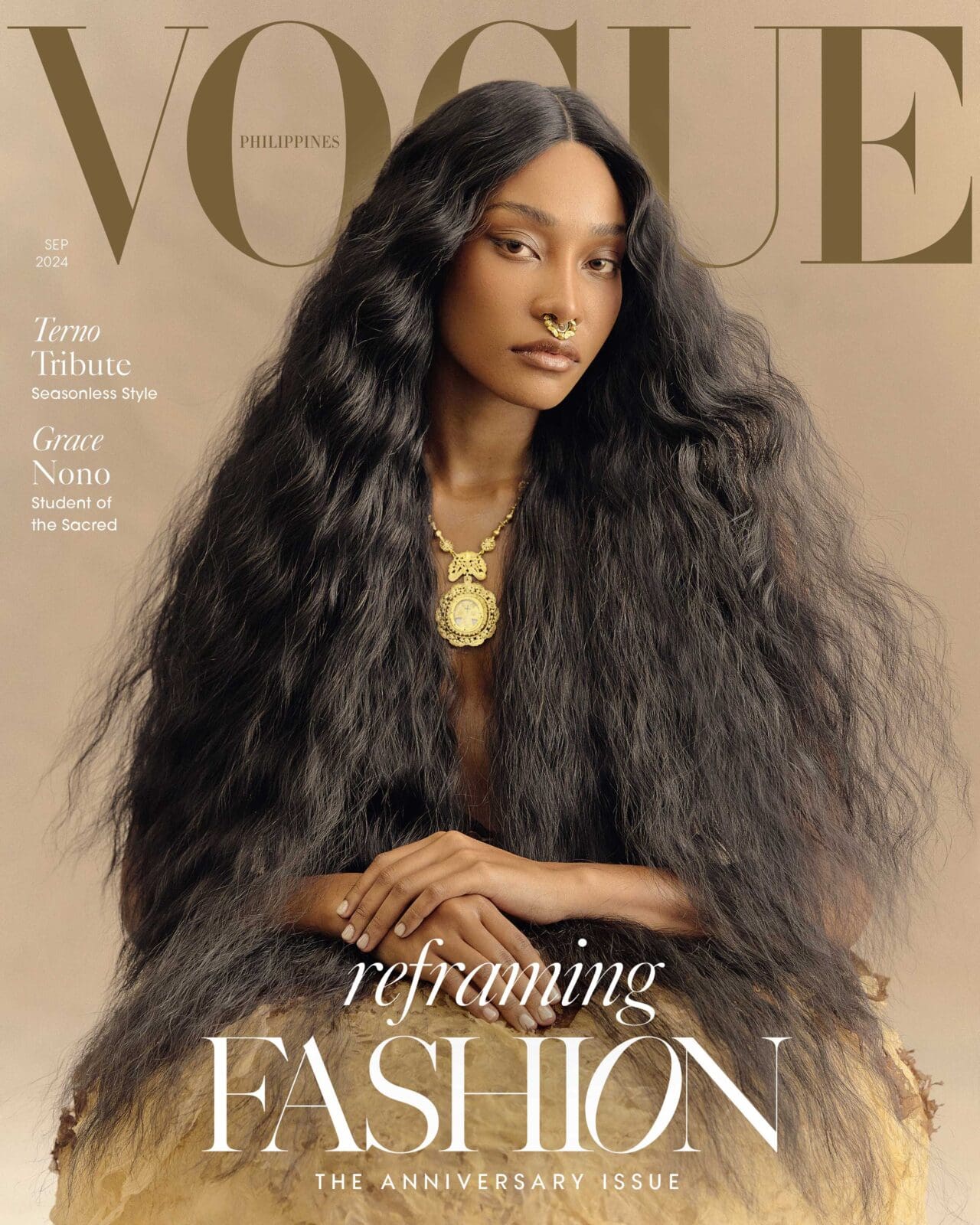Filipinos in the 1500s gathered their hair up in braids, twisted and tucked into headcloths such as the Visayan putong, a turban that enveloped the crown of the head. JAGGY GLARINO woven terno. Photographed by Renzo Navarro for the September 2024 Issue of Vogue Philippines
It is unknown when Filipinos came to value their hair, but how they cared for it is well-established. Our past is lined by this care, documented in epics, rituals, and expressions of pride and resistance.
Filipinos place a lot of importance on their hair. Today, how someone wears their hair can reflect their sense of style, core beliefs, and even state of mind.
Our attitude toward our hair stems from centuries of diverse influences, starting with our pre-colonial ancestors and continuing with the rise of globalization and the internet. “Hair has always been a canvas for people to express their identities… It’s even more integral to humans than clothes,” said Gideon Lasco, a medical anthropologist from UP Diliman. “Hair is like a fashion item in itself, I would say, which is why people place great importance on it.”
Before colonization, the majority of people who lived in what would be known as the Philippines wore their hair long.
The residents of Homonhon, now known as Eastern Samar, have been documented as having waist-length locks. Filipinos were so proud of their hair that some cultures considered cutting it either a punishment or a ritual for mourning. Men in Surigao wore their hair in a knot at the nape of their neck and in Butuan, a leader was known to sport shoulder-length hair.
“Long hair, interestingly, has always been a mark of masculinity in the Philippines,” Lasco said, adding that it is frequently mentioned in local epics.
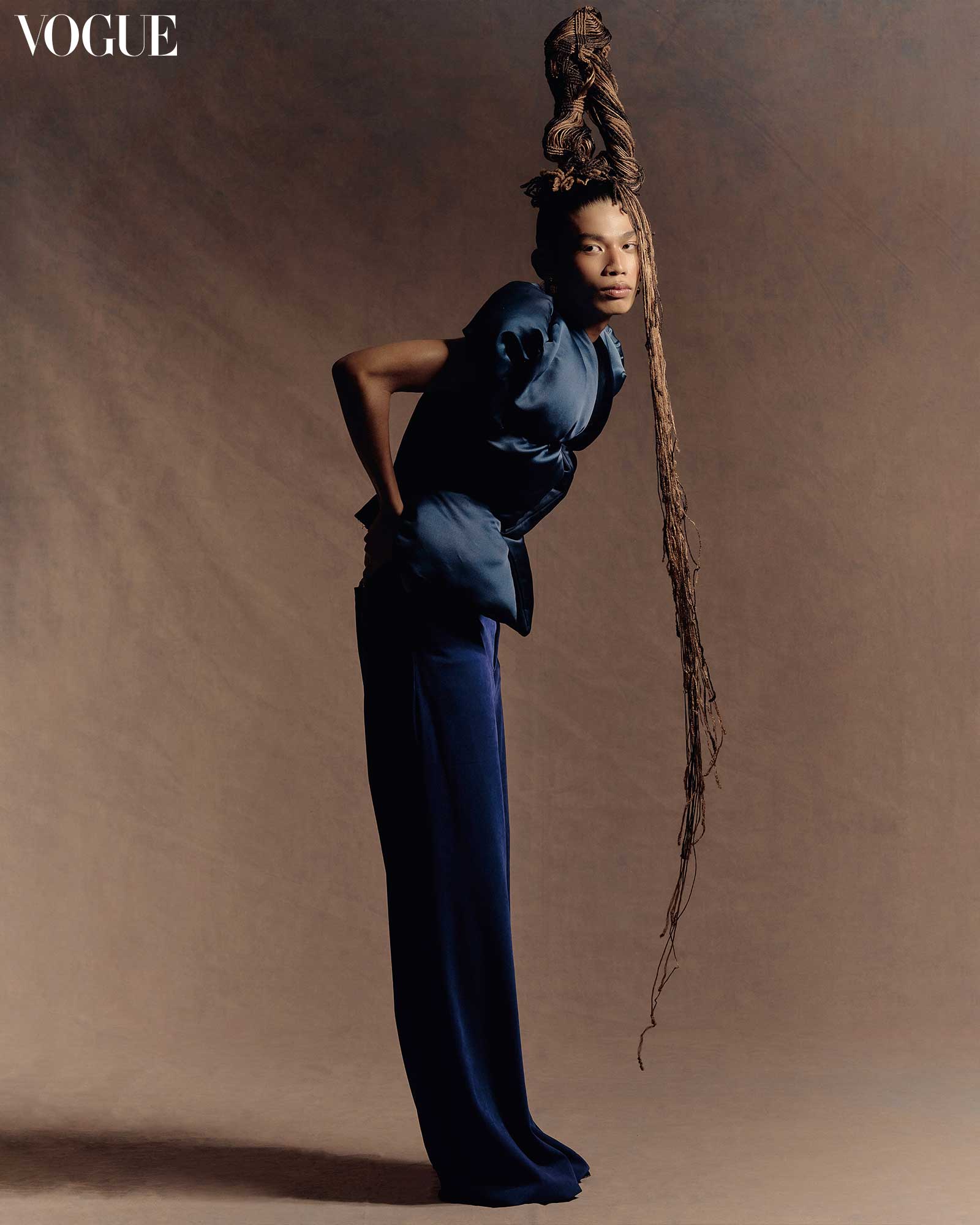
In the Ilocano epic Biag ni Lam-Ang, after defeating the people who killed his father, Lam-Ang returns to his village where 99 maidens wash his hair in a river. It was so dirty, it killed all the fish in the river.
Hair care was essential, with centuries-old practices such as using gugo (Entada phaseoloides), aloe vera, and coconut oil remaining popular to this day. “We do not know exactly why [Filipinos came to value their hair] but how [they took care of it] is very well established,” he added.
Long hair among men fell out of favor when the Spanish colonized the archipelago, as it was thought to be uncivilized. “Long hair, which was associated with both genders as a mark of beauty, became gendered and men were expected to have short hair,” Lasco said.
“Hair has always been a canvas
for people to express their
identities… it’s even more
integral to humans than clothes.”
Short hair for men (and long hair for women) were a sign of conformity to the church and the Spanish crown as well as to highly specific gender roles, an attitude that survives to this day in Catholic school dress codes and side-eyes from conservative relatives during family reunions. The friars, in particular, viewed the act of cutting hair as an act of subservience to God as it signaled a man’s departure from his barbaric past. Portraits of national heroes and past presidents show the different kinds of hairstyles through the decades.
“If we look at hair as a fashion trend, we see that by definition, it also changes,” Lasco said. Men kept their hair short until the 1970s when hippie culture began to take hold.
Hair became a means of control once again during the Martial Law era when the late President Ferdinand Marcos required men to cut their hair above shoulder length. During this time, long hair on men was once again a sign of resistance, with elders derogatorily comparing young men with long hair to revolutionaries such as Sakay or Macabebe. “There’s no such thing as a fixed perception or a fixed ideology when it comes to hair,” Lasco said.
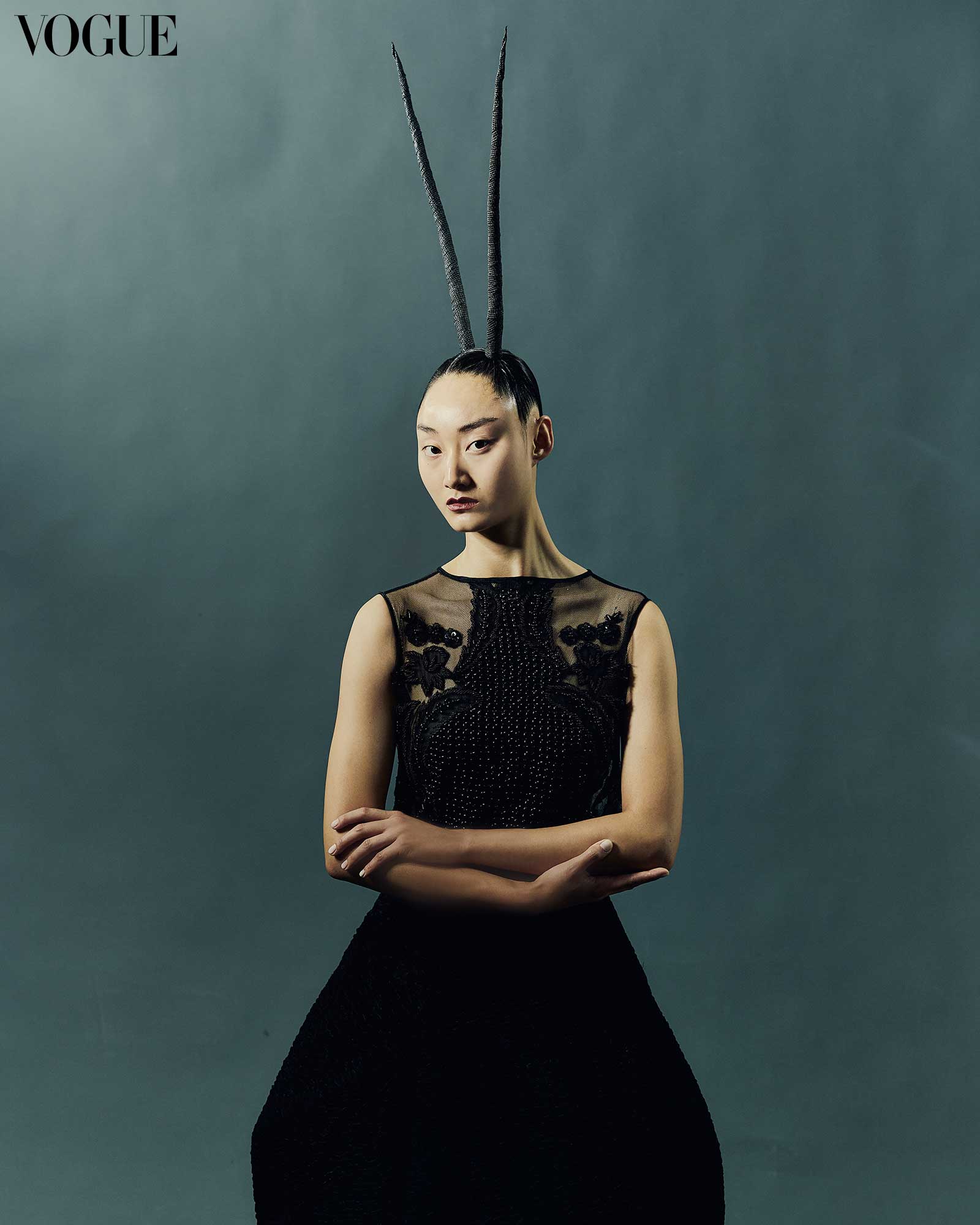
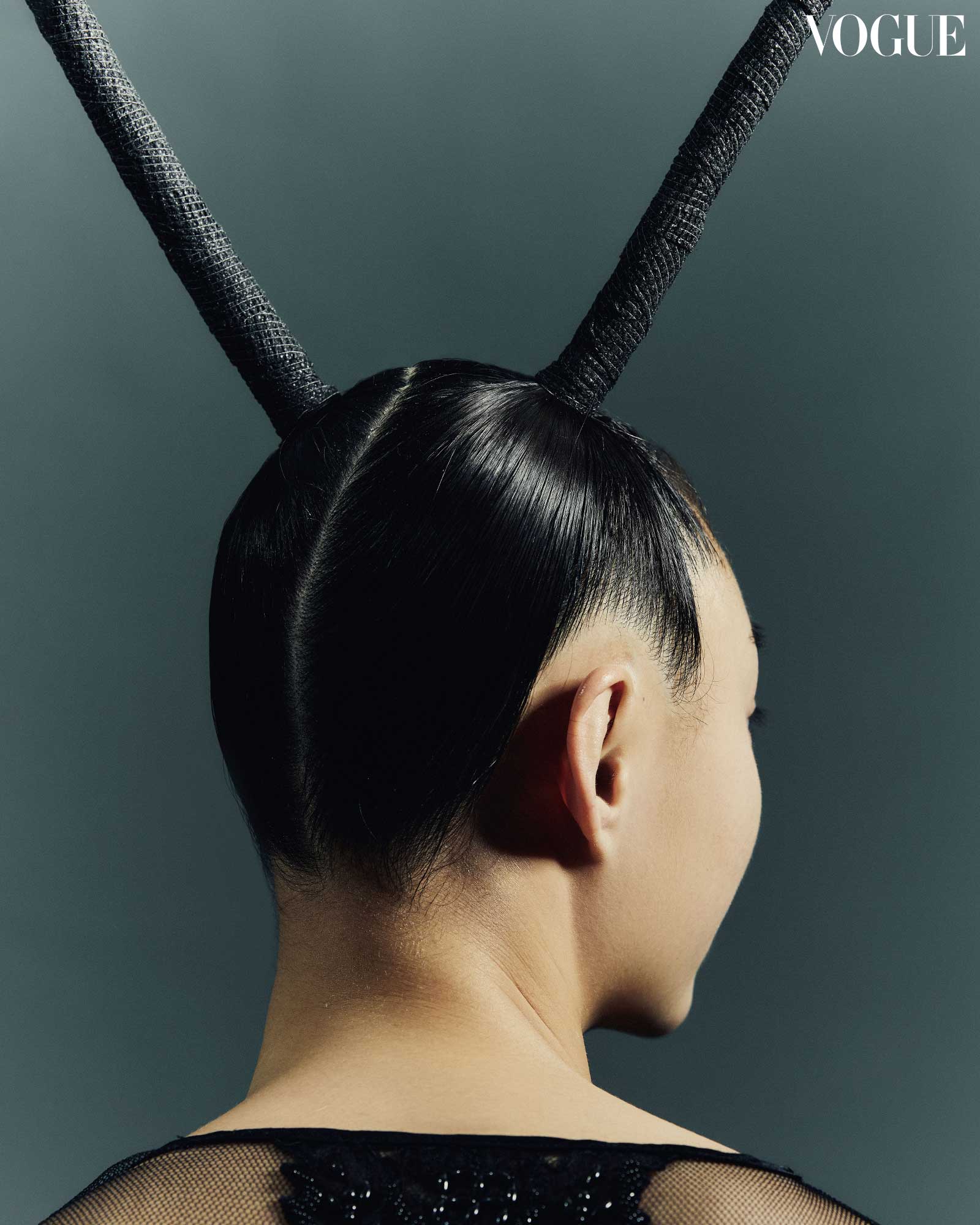
That said, straight hair has been the Filipino ideal for quite some time, with curly, wavy, or a lack of hair considered undesirable due to internalized oppression and racism. Long straight hair for women was the pinnacle of desirability for a long time, with hair commercials displaying conventionally pretty women with shiny black swaying locks. The late 90s saw a boom in straightening and rebonding, a trend which lasted until the 2010s.
Nowadays, with global standards shifting towards decolonization, all-natural textures, and personal choice, Filipinos of all genders can wear their hair however they please, be it straight, curly, or in different colors. “…What we can learn from looking at the history of hair and the anthropology of hair is that people value it and therefore we should be celebrating this diversity of hairstyles [and] extending our respect to people for their choices of hair,” Lasco said.
He does, however, note that there needs to be a focus on safety standards when it comes to the myriad of hair products flooding the market. “…Even hair products can have a lack of regulation and therefore a lack of safety… people deserve to be offered therapies that are safe… and effective and it’s up to the government, the FDA to raise the standards for that.”
We don’t think about it very much, but hair is an essential part of Filipino identity. Within our locks lies a history of oppression, expression, and revolution.
